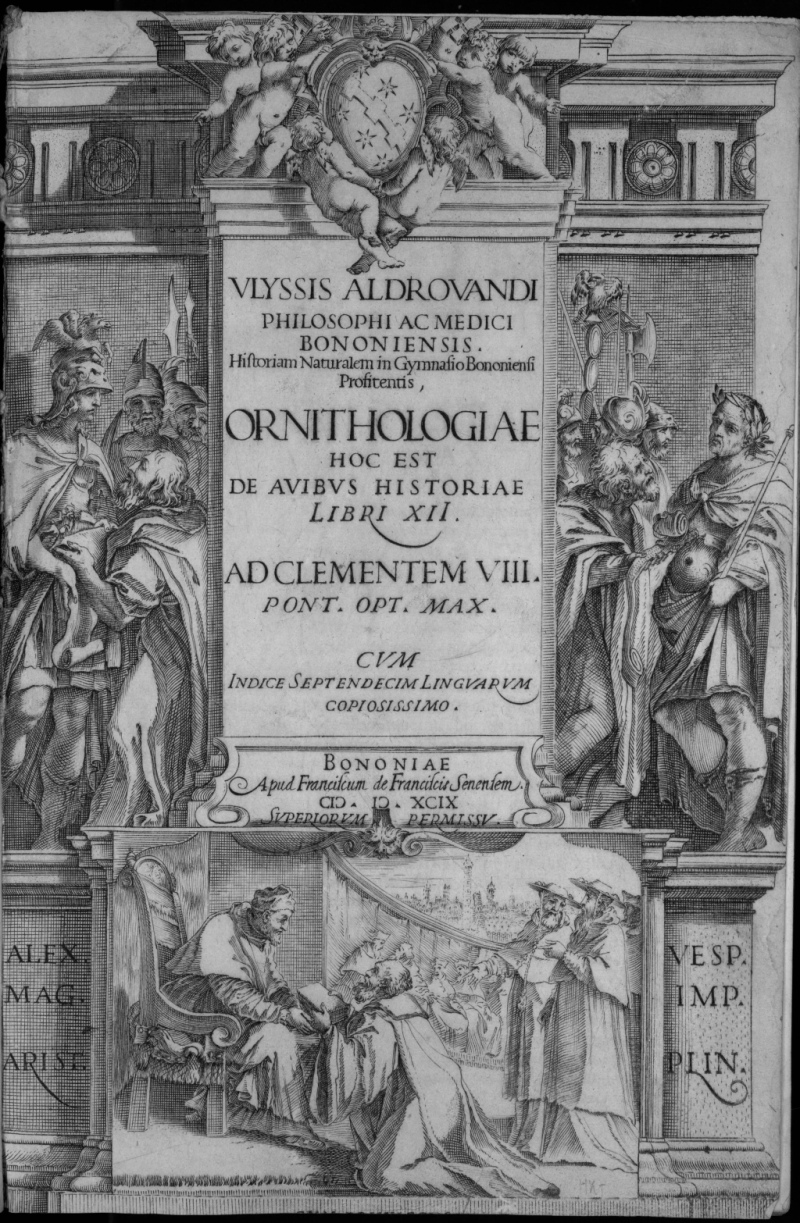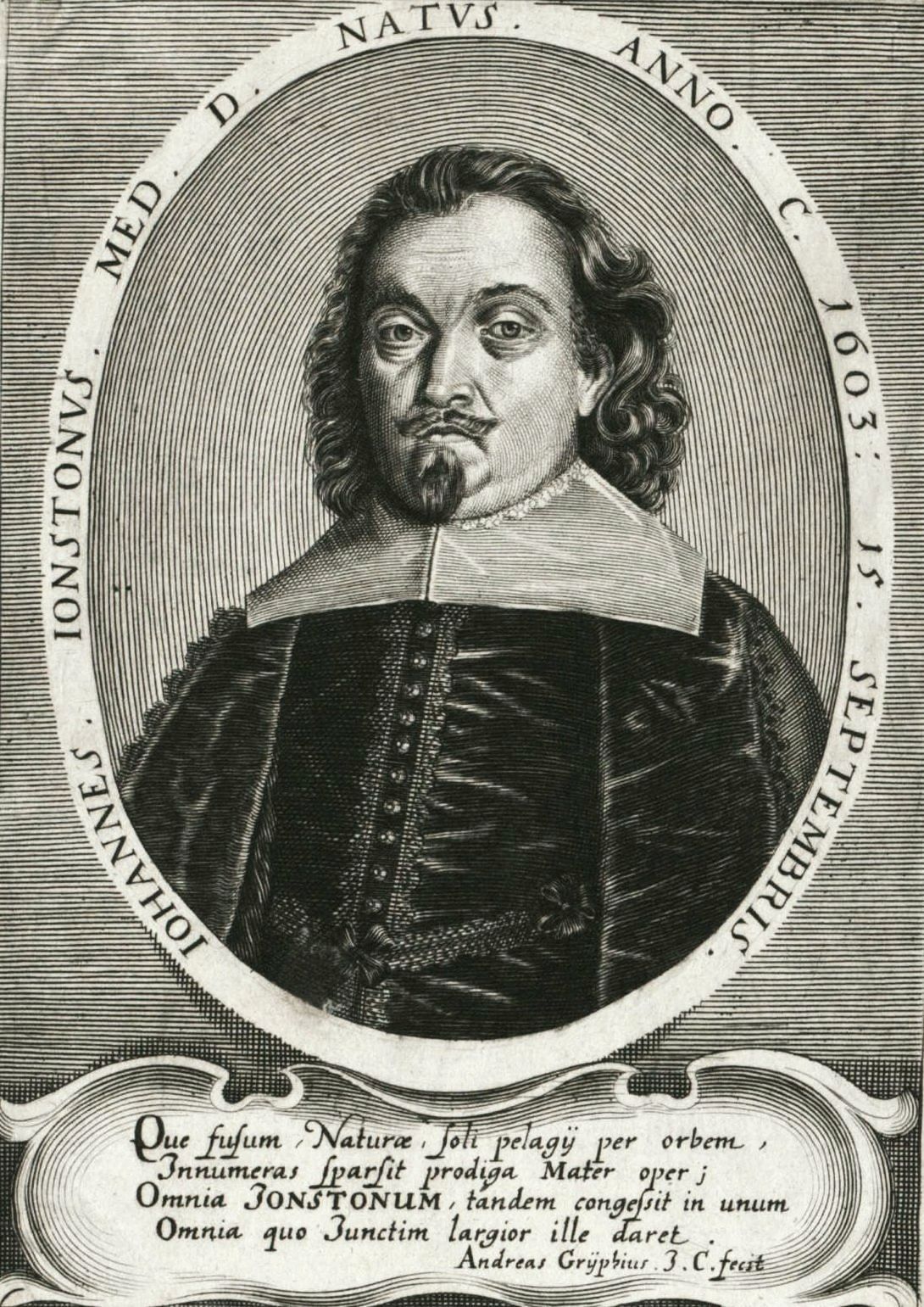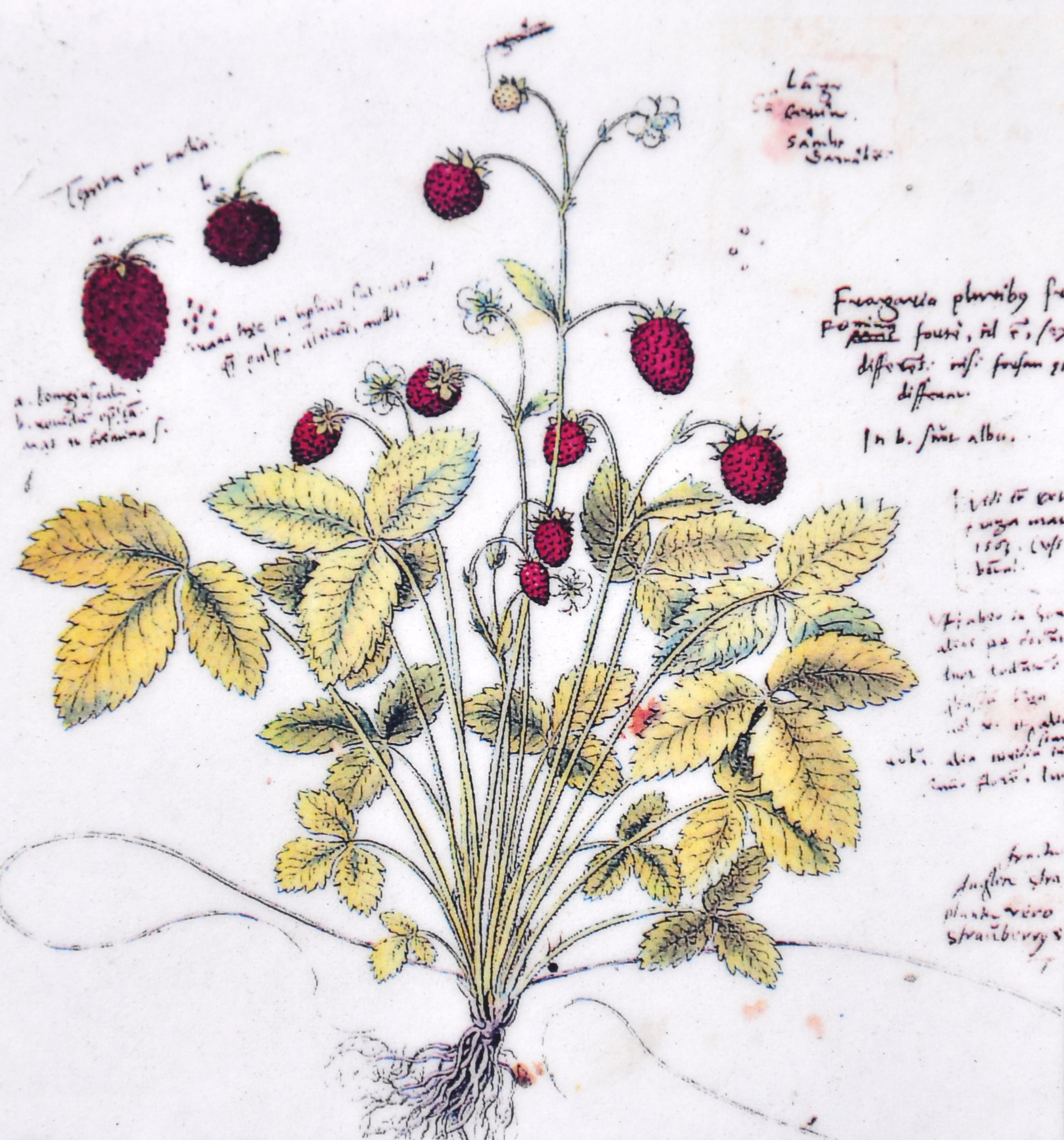|
Physica Curiosa
''Physica Curiosa'' written by scholar, Jesuit priest and scientist Gaspar Schott Gaspar Schott (German: ''Kaspar'' (or ''Caspar'') ''Schott''; Latin: ''Gaspar Schottus''; 5 February 1608 – 22 May 1666) was a German Jesuit and scientist, specializing in the fields of physics, mathematics and natural philosophy, and known fo ... is a seventeenth century encyclopedia, published first in 1662, is divided into twelve books and has been richly illustrated with prints of copper engravings. It is the first part of a two-volume work, the other being ''Technica Curiosa'', published in 1664. Publication Schott compiled his volumes from previously published and widely known works of authors, scholars and naturalists such as Conrad Gesner, Ulisse Aldrovandi, John Jonston, Joannes Jonstonus, Ambroise Paré, Conrad Lycosthenes and many others, including many of the immensely popular illustrations of monsters and physical deformities. Schott summarized: ''...what was either left out in th ... [...More Info...] [...Related Items...] OR: [Wikipedia] [Google] [Baidu] |
Charles I Louis, Elector Palatine
Charles Louis, Elector Palatine (german: Karl I. Ludwig; 22 December 1617 – 28 August 1680), was the second son of Frederick V of the Palatinate, the "Winter King" of Bohemia, and of Elizabeth Stuart, Queen of Bohemia and sister of Charles I of England. After living the first half of his life in exile during the German Thirty Years' War and the English Civil War, in 1649 Charles Louis reclaimed his father's title of Elector Palatine along with most of his former territories. Stuart and British politics Charles Louis was baptised in March 1618 in the presence of the Prince of Sedan and Albertus Morton, who was the representative of the Prince of Wales. On the death of his exiled father in 1632, Charles Louis inherited his father's possessions in the Electorate of the Palatinate. His older brother Henry Frederick had died in the Netherlands in 1629. Charles Louis and his younger brother Rupert spent much of the 1630s at the court of his maternal uncle, Charles I of En ... [...More Info...] [...Related Items...] OR: [Wikipedia] [Google] [Baidu] |
Ulisse Aldrovandi
Ulisse Aldrovandi (11 September 1522 – 4 May 1605) was an Italian naturalist, the moving force behind Bologna's botanical garden, one of the first in Europe. Carl Linnaeus and the comte de Buffon reckoned him the father of natural history studies. He is usually referred to, especially in older scientific literature in Latin, as Aldrovandus; his name in Italian is equally given as Aldroandi. Life Aldrovandi was born in Bologna to Teseo Aldrovandi and his wife, a noble but poor family. His father was a lawyer, and Secretary to the Senate of Bologna, but died when Ulisse was seven years old. His widowed mother wanted him to become a jurist. Initially he was sent to apprentice with merchants as a scribe for a short time when he was 14 years old, but after studying mathematics, Latin, law, and philosophy, initially at the University of Bologna, and then at the University of Padua in 1545, he became a notary. His interests successively extended to philosophy and logic, which he c ... [...More Info...] [...Related Items...] OR: [Wikipedia] [Google] [Baidu] |
Vacuum Pump
A vacuum pump is a device that draws gas molecules from a sealed volume in order to leave behind a partial vacuum. The job of a vacuum pump is to generate a relative vacuum within a capacity. The first vacuum pump was invented in 1650 by Otto von Guericke, and was preceded by the suction pump, which dates to antiquity. History Early pumps The predecessor to the vacuum pump was the suction pump. Dual-action suction pumps were found in the city of Pompeii. Arabic engineer Al-Jazari later described dual-action suction pumps as part of water-raising machines in the 13th century. He also said that a suction pump was used in siphons to discharge Greek fire. The suction pump later appeared in medieval Europe from the 15th century.Donald Routledge Hill (1996), ''A History of Engineering in Classical and Medieval Times'', Routledge, pp. 143 & 150-2Donald Routledge Hill, "Mechanical Engineering in the Medieval Near East", ''Scientific American'', May 1991, pp. 64-69 (cf. Donald Ro ... [...More Info...] [...Related Items...] OR: [Wikipedia] [Google] [Baidu] |
Otto Von Guericke
Otto von Guericke ( , , ; spelled Gericke until 1666; November 20, 1602 – May 11, 1686 ; November 30, 1602 – May 21, 1686 ) was a German scientist, inventor, and politician. His pioneering scientific work, the development of experimental methods and repeatable demonstrations on the physics of the vacuum, atmospheric pressure, electrostatic repulsion, his advocacy for the reality of "action at a distance" and of "absolute space" were noteworthy contributions for the advancement of the Scientific Revolution. Von Guericke was a very pious man in the Dionysian tradition and attributed the vacuum of space to the creations and designs of an infinite divinity. Von Guericke described this duality "as something that 'contains all things' and is 'more precious than gold, without beginning and end, more joyous than the perception of bountiful light' and 'comparable to the heavens'." Biography Early life and education Otto von Guericke was born to a patrician family of Magdeburg. ... [...More Info...] [...Related Items...] OR: [Wikipedia] [Google] [Baidu] |
Nürnberg
Nuremberg ( ; german: link=no, Nürnberg ; in the local East Franconian dialect: ''Nämberch'' ) is the second-largest city of the German state of Bavaria after its capital Munich, and its 518,370 (2019) inhabitants make it the 14th-largest city in Germany. On the Pegnitz River (from its confluence with the Rednitz in Fürth onwards: Regnitz, a tributary of the River Main) and the Rhine–Main–Danube Canal, it lies in the Bavarian administrative region of Middle Franconia, and is the largest city and the unofficial capital of Franconia. Nuremberg forms with the neighbouring cities of Fürth, Erlangen and Schwabach a continuous conurbation with a total population of 800,376 (2019), which is the heart of the urban area region with around 1.4 million inhabitants, while the larger Nuremberg Metropolitan Region has approximately 3.6 million inhabitants. The city lies about north of Munich. It is the largest city in the East Franconian dialect area (colloquially: "Franconian"; ... [...More Info...] [...Related Items...] OR: [Wikipedia] [Google] [Baidu] |
Book Frontispiece
A frontispiece in books is a decorative or informative illustration facing a book's title page—on the left-hand, or verso, page opposite the right-hand, or recto, page. In some ancient editions or in modern luxury editions the frontispiece features thematic or allegory, allegorical elements, in others is the author's portrait that appears as the frontispiece. In medieval illuminated manuscripts, a presentation miniature showing the book or text being presented (by whom and to whom varies) was often used as a frontispiece. Origin The word comes from the French language, French ''frontispice'', which derives from the late Latin ''frontispicium'', composed of the Latin ''frons'' ('forehead') and ''specere'' ('to look at'). It was synonymous with 'metoposcopy'. In English, it was originally used as an frontispiece (architecture), architectural term, referring to the decorative facade of a building. In the 17th century, in other languages as in Italian language, Italian, the term cam ... [...More Info...] [...Related Items...] OR: [Wikipedia] [Google] [Baidu] |
Scientific Revolution
The Scientific Revolution was a series of events that marked the emergence of modern science during the early modern period, when developments in mathematics, physics, astronomy, biology (including human anatomy) and chemistry transformed the views of society about nature.Galilei, Galileo (1974) ''Two New Sciences'', trans. Stillman Drake, (Madison: Univ. of Wisconsin Pr. pp. 217, 225, 296–67.Clagett, Marshall (1961) ''The Science of Mechanics in the Middle Ages''. Madison, Univ. of Wisconsin Pr. pp. 218–19, 252–55, 346, 409–16, 547, 576–78, 673–82 Hannam, p. 342 The Scientific Revolution took place in Europe starting towards the second half of the Renaissance period, with the 1543 Nicolaus Copernicus publication '' De revolutionibus orbium coelestium'' (''On the Revolutions of the Heavenly Spheres'') often cited as its beginning. The era of the Scientific Renaissance focused to some degree on recovering the knowledge of the ancients, and is considered to ... [...More Info...] [...Related Items...] OR: [Wikipedia] [Google] [Baidu] |
Conrad Lycosthenes
Conrad Lycosthenes (8 August 151825 March 1561), born Conrad Wolffhart, was an Alsatian humanist and encyclopedist. Deacon of Saint Leonard in Basel, professor of grammar and dialectics, Lycosthenes had a passion for the study of nature and geophysics. Life Conrad Wolffhart was born in Rouffach in Alsace on 8 August 1518, the son of Theobald Wolffhart and Elizabeth Kürsner, sister of the Protestant theologian Conrad Pellicanus. He later changed his German name, Wolffhart, to the humanist name Lycosthenes. From 1535 to 1539, Conrad studied philosophy in Heidelberg. In 1542, he left Heidelberg for Basel where he began teaching Grammar and Dialectics. In 1545, at the age of 27, he became Deacon in the Church of Saint-Leonard. On 21 December 1554, he suffered from hemiplegia and lost the ability to use his right hand. He learned to write with his left hand and continued his literary works until his death from apoplexia on 25 March 1561 at the age of 43. In the meantime he had marr ... [...More Info...] [...Related Items...] OR: [Wikipedia] [Google] [Baidu] |
Ambroise Paré
Ambroise Paré (c. 1510 – 20 December 1590) was a French barber surgeon who served in that role for kings Henry II, Francis II, Charles IX and Henry III. He is considered one of the fathers of surgery and modern forensic pathology and a pioneer in surgical techniques and battlefield medicine, especially in the treatment of wounds. He was also an anatomist, invented several surgical instruments, and was a member of the Parisian barber surgeon guild. In his personal notes about the care he delivered to Captain Rat, in the Piémont campaign (1537–1538), Paré wrote: ''Je le pansai, Dieu le guérit'' ("I bandaged him and God healed him"). This epitomises a philosophy that he used throughout his career. These words, inscribed on his statue in Laval, are reminiscent of the Latin adage '' medicus curat, natura sanat''. Early life Paré was born in 1510 in Bourg-Hersent, near Laval, then part of the province of Maine, in northwestern France. As a child he watched, and was fir ... [...More Info...] [...Related Items...] OR: [Wikipedia] [Google] [Baidu] |
John Jonston
John Jonston or Johnston ( pl, Jan Jonston; la, Joannes or or ; 15 September 1603– ) was a Polish scholar and physician, descended from Scottish nobility and closely associated with the Polish magnate Leszczyński family. Life Jonston was born in Szamotuły, the son of Simon Johnston, who had emigrated to the Polish–Lithuanian Commonwealth from Scotland. Jonston's early education was sponsored by one of his two paternal uncles who had come to the Commonwealth with his father. From 1611 Jonston attended the school of the Bohemian Brothers in Ostroróg, then the ''Schoenaichianum'' in Bytom, and from 1619 the '' gymnasium'' in Toruń, Royal Prussia. As a Calvinist, he could not attend the Catholic Jagiellonian University. Consequently he earned his first degree at the University of St Andrews (1622–25; M.A., 1623), where he studied theology, scholastic philosophy, and Hebrew. His sponsors included the Primate of All Scotland, John Spottiswood. In 1625 Jonston returned t ... [...More Info...] [...Related Items...] OR: [Wikipedia] [Google] [Baidu] |
Conrad Gesner
Conrad Gessner (; la, Conradus Gesnerus 26 March 1516 – 13 December 1565) was a Swiss physician, naturalist, bibliographer, and philologist. Born into a poor family in Zürich, Switzerland, his father and teachers quickly realised his talents and supported him through university, where he studied classical languages, theology and medicine. He became Zürich's city physician, but was able to spend much of his time on collecting, research and writing. Gessner compiled monumental works on bibliography (''Bibliotheca universalis'' 1545–1549) and zoology (''Historia animalium'' 1551–1558) and was working on a major botanical text at the time of his death from plague at the age of 49. He is regarded as the father of modern scientific bibliography, zoology and botany. He was frequently the first to describe species of plants or animals in Europe, such as the tulip in 1559. A number of plants and animals have been named after him. Life Conrad Gessner was born on 26 March 1516, ... [...More Info...] [...Related Items...] OR: [Wikipedia] [Google] [Baidu] |
Count Palatine Of The Rhine
The counts palatine of Lotharingia /counts palatine of the Rhine /electors of the Palatinate (german: Kurfürst von der Pfalz) ruled some part of Rhine area in the Kingdom of Germany and the Holy Roman Empire from 915 to 1803. The title was a kind of count palatine. Since 1261 (formally 1356), the title holder had become a member of the small group of prince-electors who elected the emperor of the Holy Roman Empire. Since then, the title had been also called as Elector Palatinate Counts palatine of Lotharingia 915–1085 The Palatinate emerged from the County Palatine of Lotharingia which came into existence in the 10th century. * Wigeric of Lotharingia, count of the Bidgau ( 915/916–922) * Godfrey, count of the Jülichgau (c. 940) House of Ezzonen During the 11th century, the Palatinate was dominated by the Ezzonian dynasty, which governed several counties on both banks of the Rhine. These territories were centered around Cologne-Bonn, but extended south to the rivers ... [...More Info...] [...Related Items...] OR: [Wikipedia] [Google] [Baidu] |





.jpg)




